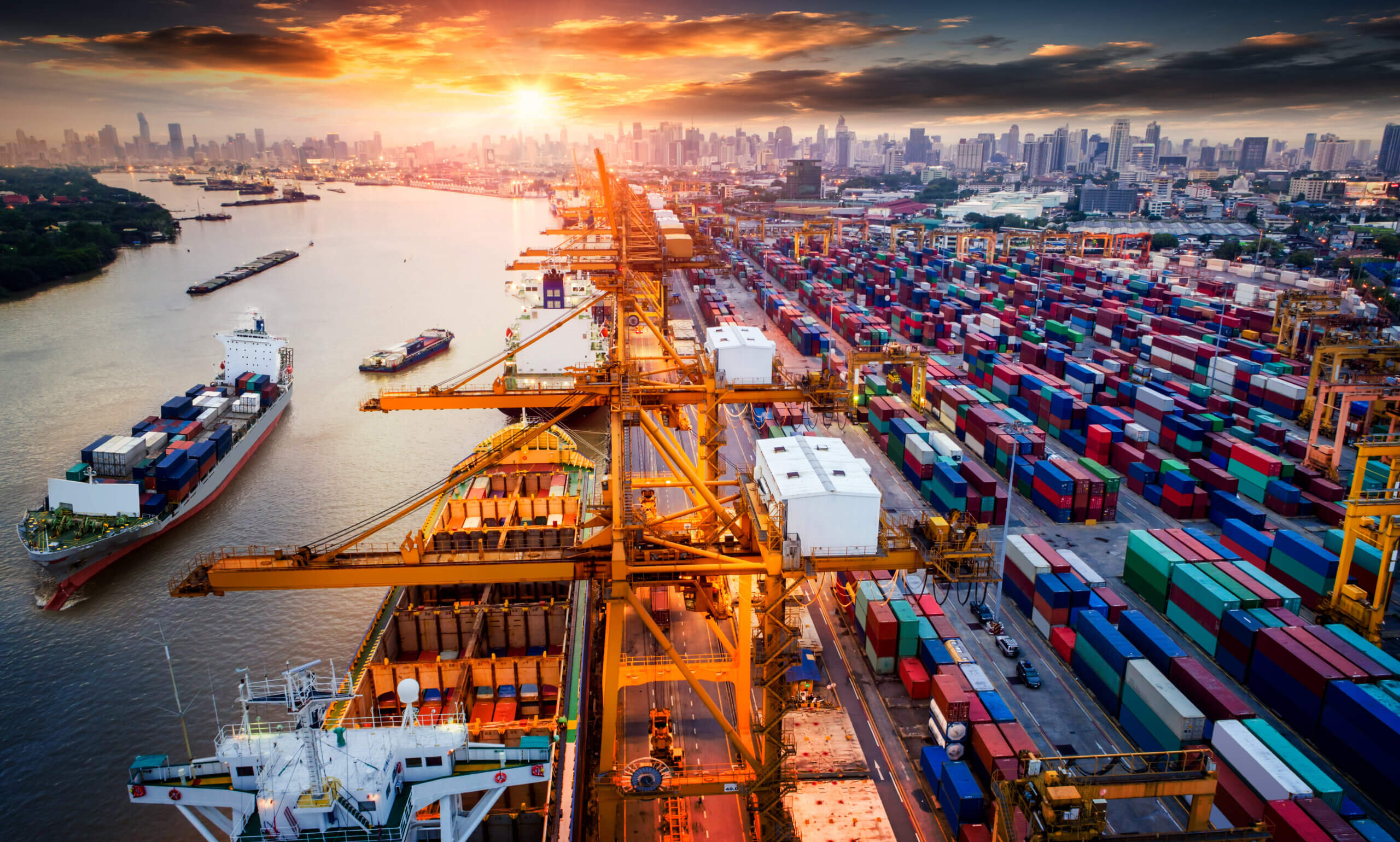
Across the global economy, plastics are the backbone of countless consumer products and industries. And in the next 30 years, global reliance on plastics will only increase, as production forecasts predict sustained growth among all types of plastic. The market, however, is currently unable to meet domestic demand for plastics. Supply chain shocks exposed by the pandemic—and other challenges like labor constraints, inflation, extreme weather events and logistical issues—have exposed vulnerabilities in supply chains for nearly every industry, especially plastics.
This does not, however, have to be cause for a “doom and gloom” mentality. Rather, the plastics industry and government alike must learn from the current moment, which underscores the importance of building a resilient domestic plastics supply chain that’s less vulnerable to shocks and international challenges. The answer? Promoting policies that further the circular economy by encouraging plastic use and investing in recycling infrastructure, like advanced or molecular recycling. Failing to do so will force the United States to outsource plastics production to other countries, posing a risk to national security and undermining global sustainability goals.
A vulnerable domestic plastics supply chain has the ability to turn the U.S. economy upside down—posing a significant risk to U.S. national security. Supply chain challenges have already had a demonstrable impact on the U.S. plastics industry: since mid-2020, when plastics supply chain disruptions began to accelerate, U.S. imports of plastic materials have dramatically increased. Who’s filling the void? China, the world’s largest producer of plastics.
China gleaned nearly $50 billion from their plastics exports in 2019—and that was before the pandemic tipped the plastics trade scales in its favor. Amid ongoing strategic competition with China, analysts have considered the country the United States’ biggest rival. Ensuring domestic supply chain resilience is key to maintaining America’s competitive edge in the global market—and a top priority for the current administration, as signaled by President Biden’s February 2021 Executive Order on America’s Supply Chains. Plastics are no different—decreasing foreign reliance fortifies the domestic plastics supply chain.
The ongoing Russia-Ukraine crisis has only added additional wrinkles to plastics supply chain concerns. Industry watchdogs predict it will cause higher prices for plastic raw materials, as global natural gas and crude oil supplies constrict. The conflict is creating uncertainty in supply chains across the economy, and additional geopolitical conflicts could arise. A vulnerable domestic plastics supply chain only intensifies existing national security risk, also threatening job security for the over 1.5 million U.S. citizens whose employment depends on domestic plastics. Building a stronger, less vulnerable plastics supply chain protects not only the nation’s security but also American citizens’ livelihoods.
A resilient U.S. plastics supply chain also ensures that progress towards global sustainability goals stays on track. China only recently implemented legislative standards for plastics production, and the country is ranked nearly 100 spots lower than the United States when scored across a variety of sustainability metrics. Allowing countries with less stringent environmental standards to fill supply gaps fundamentally undermines progress towards building a more sustainable future. Using imported plastic from less environmentally conscious countries, including China, could also threaten domestic companies’ reputations and relations with consumers and investors, as corporate actors are facing increased pressure to promote sustainability throughout their supply chains.
Aside from inconsistencies in environmental standards, outsourcing plastics production to other countries has other far-reaching consequences. Researchers have found that increased international trade can exacerbate environmental degradation, in some cases increasing CO2 emissions. In contrast, domestic plastics production avoids cross-globe transportation, allowing for sustainability gains. The feedback loop between sustainability and plastics supply chain resilience goes both ways, too. Domestic plastics supply chain disruptions caused by extreme weather— as highlighted by a February 2021 winter storm that hit Texas and Louisiana—will only grow more frequent as climate change worsens. Progress made towards sustainability goals is intrinsically tied to resilience in the domestic plastics supply chain.
Policies aimed at advancing plastics’ circularity—like those that support advanced recycling—are key to building resilience in the domestic supply chain, all while advancing sustainability. Circular supply chains are designed to recover, repurpose and reuse valuable materials like plastics. Increasing supply chain circularity helps industries overcome material scarcity, lengthen product life cycles and diversify reliance across both virgin and recycled material.
Research from Closed Loop Partners has found that nearly 37.5 million tons of plastics are incinerated or landfilled in the United States and Canada each year—forgoing the immense value of this material’s $120 billion revenue potential and missing a critical opportunity to fill gaps in the domestic plastics supply chain. Fortunately, technologies like advanced or molecular recycling can turn discarded plastic into new products and materials, like car parts and product packaging. Advanced recycling keeps more plastics in the supply chain for longer periods of time, lessening environmental impact through reduced energy, water and emissions usage and decreasing reliance on foreign actors to meet U.S. plastics demand. Advanced recycling expansion would help the domestic workforce, too. Research indicates advanced recycling and recovery facilities could support nearly 40,000 new jobs in the United States alone.
Investment is needed, however, to make a circular domestic plastics supply chain a reality. By embracing policies that promote and prioritize advanced recycling, like the Advanced Recycling Research and Development Act of 2021, to complement mechanical recycling, the United States can accelerate development of a more resilient, more sustainable domestic plastics supply chain capable of serving the innumerable actors and industries across the economy that rely on plastics.